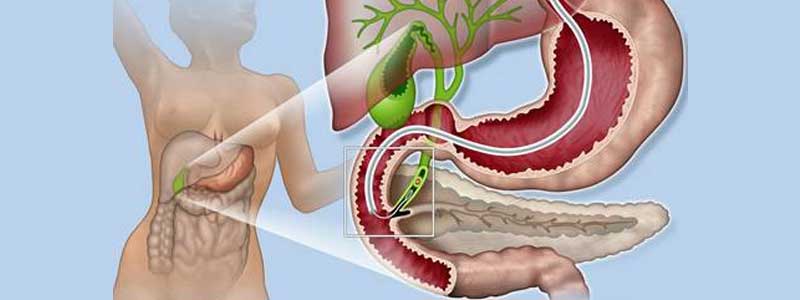

ERCP
If your healthcare provider suspects you might have a problem in your biliary system, they might order an ERCP test to look for it. ERCP stands for endoscopic retrograde cholangiopancreatography. It’s a type of imaging test that allows healthcare providers to look inside your bile ducts and pancreatic ducts.
The long name spells out the different types of technology involved in the process. “Endoscopic” refers to endoscopy, which means passing a tiny camera on a tube down your throat and into your small intestine (while you’re under sedation). They pass a smaller tube through the endoscope to reach your bile ducts.
Through this smaller tube, they inject a contrast dye backward into your bile ducts and pancreatic duct. This is what the “retrograde” refers to. “Cholangiopancreatography” refers to the photographs they take. “Cholangio” is “related to the bile ducts,” and “pancreato” is “related to the pancreas.”
The ERCP procedure can help diagnose and treat common issues affecting your biliary ducts, such as:
Inflammation (cholangitis) and possible infection.
Narrowing caused by scar tissue (biliary stricture).
Gallstones in your common bile duct.
Gallstone pancreatitis.
Tumors or cancer in your bile ducts.
Bile duct leaks or other injuries.





